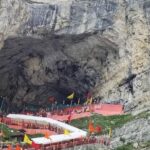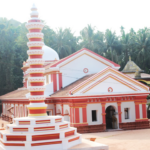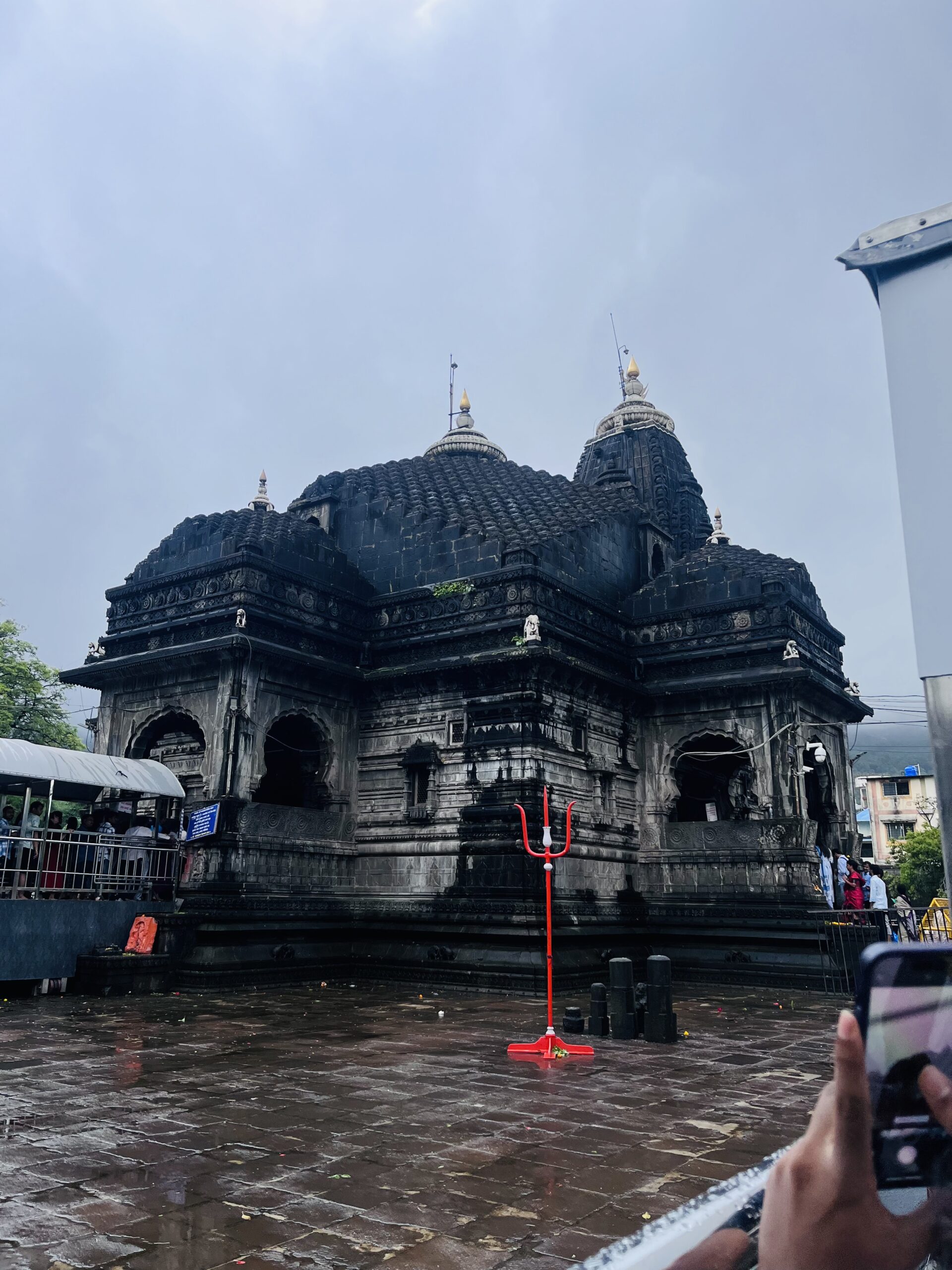Trimbakeshwar Temple is one of the twelve Jyotirlingas dedicated to Lord Shiva and is located in the town of Trimbak, Nashik District, Maharashtra, India. It holds immense religious significance and is a major pilgrimage site in Hinduism. Here’s a detailed look into the history, significance, and features of Trimbakeshwar:
Historical Significance
The temple is believed to have been built in the 18th century by the Maratha ruler Peshwa Balaji Baji Rao (also known as Nana Saheb Peshwa). However, the site has been considered sacred for thousands of years. The temple stands near the source of the Godavari River, which is considered one of the holiest rivers in India.
Mythological Importance
According to Hindu mythology, Lord Shiva appeared as a Jyotirlinga here in response to intense penance by the great sage Gautama Rishi. The legend states that the sage inadvertently committed the sin of killing a cow, and to atone for this, he performed a severe penance at Brahmagiri Hill, which is adjacent to Trimbakeshwar. As a reward, Lord Shiva blessed the area with the sacred Godavari River and took up residence here as Trimbakeshwar.
The Unique Jyotirlinga
What sets Trimbakeshwar apart from other Jyotirlingas is that the main deity, the Jyotirlinga, consists of not just one but three faces symbolizing Brahma, Vishnu, and Mahesh (Shiva). This is a rare form of the Jyotirlinga. The deity’s faces are covered with a silver mask, and during special festivals, they are adorned with golden masks.
Architecture
The temple’s architecture is a blend of classic Nagara-style architecture with beautiful sculptures, intricate stone carvings, and sacred symbols of Hindu mythology. The temple has a stone-built sanctum, shikhara (tower), and several halls. The temple is surrounded by lush greenery and is located at the foot of the Brahmagiri hills.
Rituals and Practices
Trimbakeshwar is especially known for performing rituals like Narayan Nagbali, Kaal Sarp Dosh Puja, and Pitru Dosh Puja, which are meant to remove ancestral curses and rectify astrological issues. People from all over India come here to perform these ceremonies. The Narayan Nagbali ritual is unique to Trimbakeshwar and is believed to grant salvation to the departed souls.
The Origin of the Godavari River
The temple is situated near the Brahmagiri Hills, which is the origin of the Godavari River, also known as the Ganga of the South. It is said that the river was brought to earth by the penance of Gautama Rishi, and the holy tank Kushavarta, located nearby, is considered the symbolic source of the river.
Kumbh Mela
The Kumbh Mela (one of the largest religious gatherings in the world) is held at Trimbakeshwar and Nashik every 12 years, alternating with other sacred places in India like Prayagraj, Haridwar, and Ujjain. The event attracts millions of pilgrims who come to take a holy dip in the Godavari River.
Festivals
Several major Hindu festivals are celebrated at Trimbakeshwar, including Mahashivaratri, Kartik Poornima, and Shravan Mondays. These are times when the temple sees a large influx of devotees.
Spiritual Importance
Trimbakeshwar is regarded as a place where devotees can seek the blessings of Lord Shiva for peace, prosperity, and spiritual growth. The unique form of the Jyotirlinga, coupled with its association with the Godavari River and ancient rituals, adds to its spiritual significance.
Tourist Attractions Nearby
- Brahmagiri Hill – Considered the actual origin of the Godavari River.
- Anjaneri – The birthplace of Lord Hanuman.
- Kushavarta Kund – The sacred bathing ghat associated with the source of the Godavari.
- Gangadwar – A pilgrimage site located on Brahmagiri Hill.
- Ramkund and Panchavati – Sacred sites located in Nashik, not far from Trimbakeshwar.
In Conclusion
Trimbakeshwar is a place of deep religious importance, not just as a Jyotirlinga but also as a source of rituals and spirituality for thousands of devotees. The temple’s rich history, association with ancient mythology, and the powerful symbolism of its deity make it a cornerstone of Hindu religious life.













